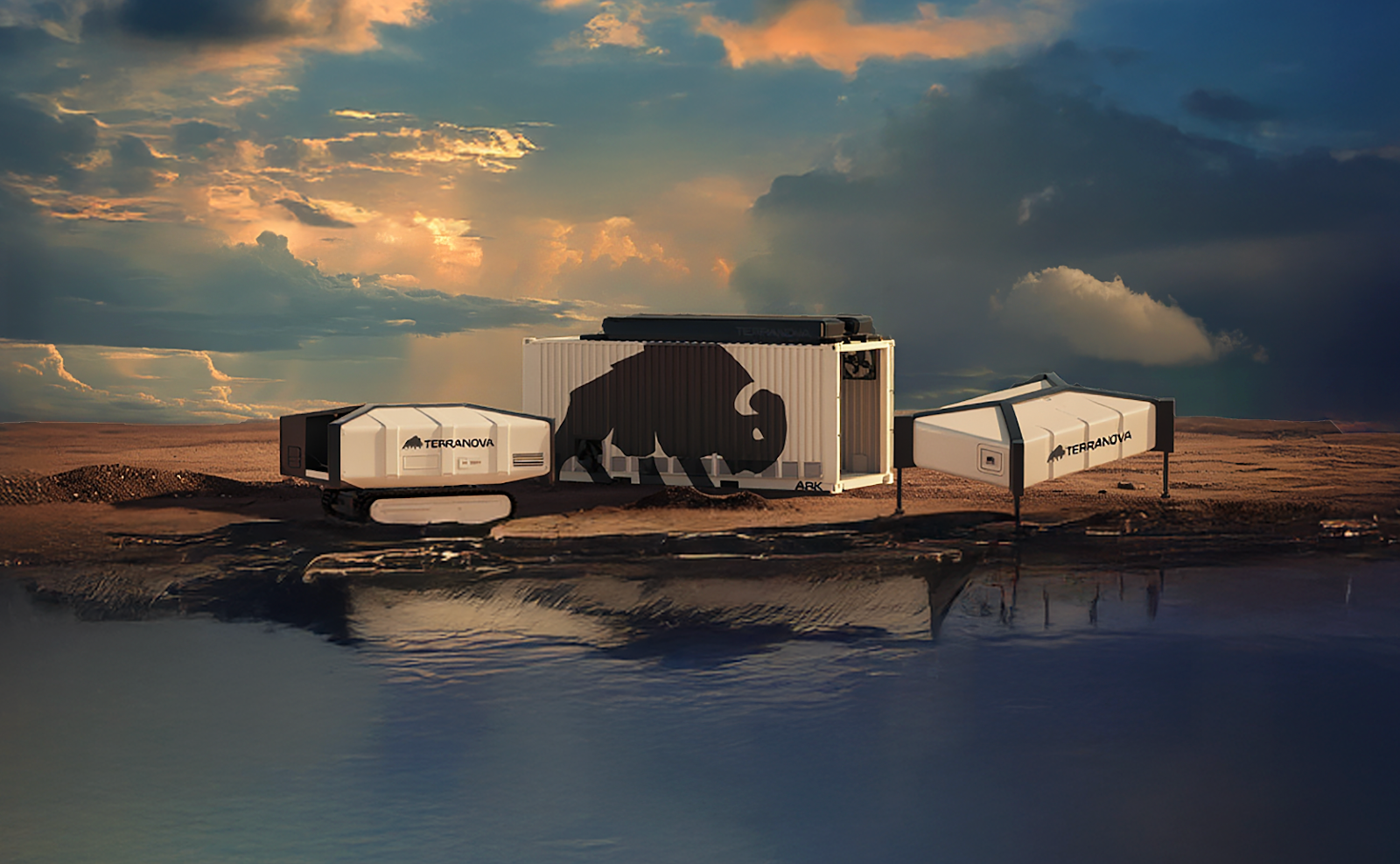This project provides a Deep Reinforcement Learning (DRL) environment built with PyBullet and Gymnasium, simulating a UR5 robotic arm performing a peg-in-hole insertion task—a classic challenge in precision robotic assembly.
The UR5 robot is controlled via its end-effector axis, guiding a peg into a hole on a fixed object. A camera is mounted directly on the robot’s end-effector, capturing 100×100 grayscale images as visual input. This configuration enables eye-in-hand visual servoing, where the robot perceives and reacts to its environment from its own point of view.
In testing, the SAC agent was evaluated over 1000 episodes, achieving a final success rate of 95.6% in completing the peg-in-hole task. This demonstrates the algorithm's strong performance in precision control and robust policy learning under visual feedback.
| SAC | 🟢 Fast | 🟢 Excellent | 🟢 Stable | 95.6% |
| PPO | 🟡 Moderate | 🟡 Bad | 🟡 Average | 26.9% |
| A2C | 🔴 Slow | 🔴 Failure | 🔴 Unstable | 0.0% |
- Using Object: UR5 with peg, camera, and an object with a shaft hole
- Observation Space: 100x100 grayscale image (single channel)
- Action Space: Continuous small displacements in X/Y/Z axes
- Task Goal: Successfully insert the peg into the hole center
- Collision Detection: Detect contact with table or hole edges
- Reward Design: Encourages approaching the goal and successful insertion; failure terminates episode
- Compatibility: Supports Stable-Baselines3 algorithms (SAC / PPO / A2C)
Recommended Python 3.9+ and install the following packages:
For TensorBoard support:
All operations can be done through main_rl.py.
Uncomment the train(...) line and set the desired agent and timesteps:
Then run:
Uncomment the test_rl_model(...) line:
Then run:
The script will load the checkpoint from checkpoints/sac_model_160000_steps.zip for testing.
Uncomment the plot_reward_data() line in the script:
Then run:
It will generate the reward convergence plot based on logs in logs/monitor_*.csv.
- Hardware: NVIDIA RTX 3050 Laptop GPU (4GB VRAM)
- Framework: Stable-Baselines3 (with CUDA auto acceleration)
- Training Time: ~3 hour for 250,000 steps (depends on GPU)
- Checkpoints: Automatically saved every 10,000 steps in checkpoints/
.png)








